Page 10611
Dec 22, 2016
CellAge Campaign Q&A: Are You a For-Profit Company? | Lifespan.io
Posted by Steve Hill in categories: biotech/medical, life extension

Non-profit research ultimately benefits for-profit companies and is an essential part of the development chain of any therapy.
Companies like Unity Biotech have taken non-profit research and are developing it for-profit, this is the only way that therapies will make it to market and pay for the huge costs involved in development. You may have concerns that our current crowdfunding project is with a for-profit company so here is CellAge to answer this question.
Continue reading “CellAge Campaign Q&A: Are You a For-Profit Company? | Lifespan.io” »
Dec 22, 2016
Classifying Aging As a Disease: The Role of Microbes
Posted by Steve Hill in categories: biotech/medical, health, life extension
The body is under constant invasion by microbes so rejuvenation of the immune system and reduction of imflammation is a big priority for rejuvenation biotechnology.
Recent publications have proposed that aging should be classified as a disease (Bulterijs et al., 2015; Zhavoronkov and Bhullar, 2015; Zhavoronkov and Moskalev, 2016). The goal of this manuscript is not to dispute these claims, but rather to suggest that when classifying aging as a disease, it is important to include the contribution of microbes.
As recently as ~115 years ago, more than half of all deaths were caused by infectious diseases, including pneumonia, influenza, tuberculosis, gastrointestinal infections, and diphtheria (Jones et al., 2012). Since then, the establishment of public health departments that focused on improved sanitation and hygiene, and the introduction of antibiotics and vaccines allowed for a dramatic decrease in infectious disease-related mortality (Report, 1999). In 2010, the death rate for infectious diseases was reduced to 3% (Jones et al., 2012). Simultaneously, as infectious disease-related mortality rates have decreased, global lifespan has increased from ~30 to ~70 years (Riley, 2005).
Continue reading “Classifying Aging As a Disease: The Role of Microbes” »
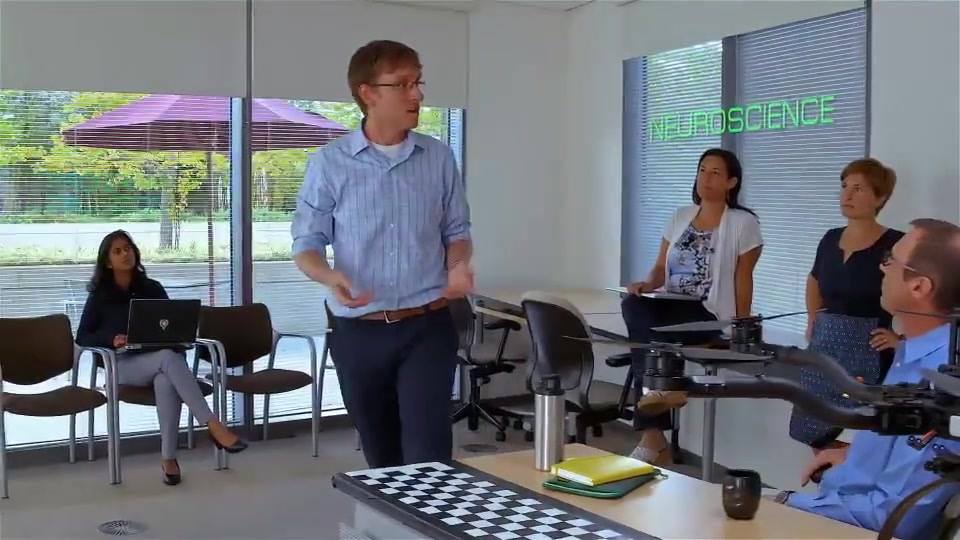
Millions of commercial drones may be in the air by 2020. This could make near-instant airborne delivery a reality. But what are the hidden costs? A multidisciplinary team of RAND experts is looking into it: http://r.rand.org/37ch
Dec 22, 2016
Deep sea bacteria cured half of all prostate cancer suffers in trial
Posted by Dan Kummer in category: biotech/medical
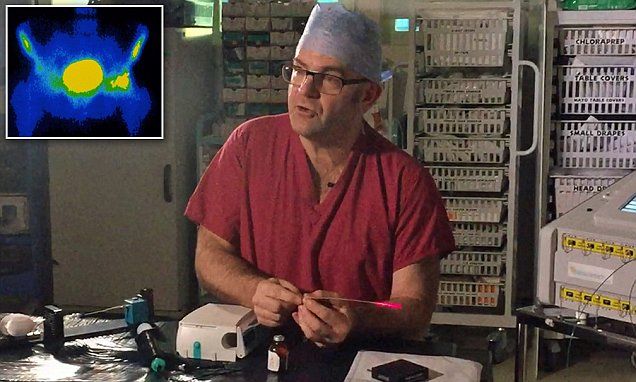
Bacteria that lives on the ocean floor has been found to cure half of all male prostate cancer sufferers in a London trial. It’s injected into the bloodstream and could replace surgery.
Dec 21, 2016
Artificial leaf could make a medicinal mini-factory
Posted by Shane Hinshaw in categories: biotech/medical, drones, internet, sustainability
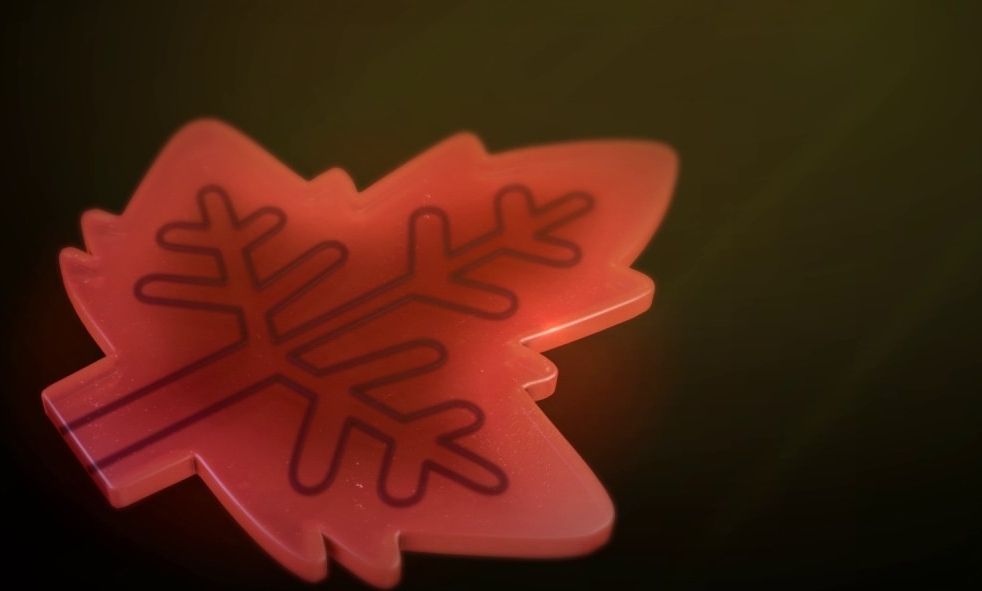
Leaves are kind of like nature’s power plants, converting incoming sunlight into energy for the plant to thrive on. Inspired by the real thing, scientists have previously created artificial leaves that function in much the same way as their natural counterparts to produce electricity and even liquid fuels. Now a team at Eindhoven University of Technology (TU/e) is using a similar system to produce chemicals, which could one day lead to solar-powered “mini-factories” that can produce drugs, pesticides and other chemicals almost anywhere.
To mimic the light-capturing molecules in leaves, the researchers turned to luminescent solar concentrators (LSCs), materials seen in solar-harvesting window technology and used to catch and amplify laser beams carrying data in Facebook’s drone-mounted internet projec t. These LSCs absorb incoming light, convert it to specific wavelengths and then guide the photons to the edges of the device.
Continue reading “Artificial leaf could make a medicinal mini-factory” »
Dec 21, 2016
Solar System’s Next Close Encounter Will Be With Gliese 710, Say Astronomers
Posted by Bruce Dorminey in category: asteroid/comet impacts
Gaia continues to reap dividends; per this new paper detailing a much closer solar system trajectory for Gliese 710, a sunlike star some 64 light years away in the constellation of Serpens.
Gliese 710, a star about half the size of our Sun, will rip through a portion of our solar system’s Oort Cloud of comets some 1.35 million years from now. In the process, it’s likely to dislodge a huge swath of long-period Earth-crossing comets.
Dec 21, 2016
Microsoft gives a detailed presentation on Holoportation at the ACM’s Special Interest Group on Computer-Human Interaction UIST ‘16 symposium
Posted by Klaus Baldauf in categories: augmented reality, computing
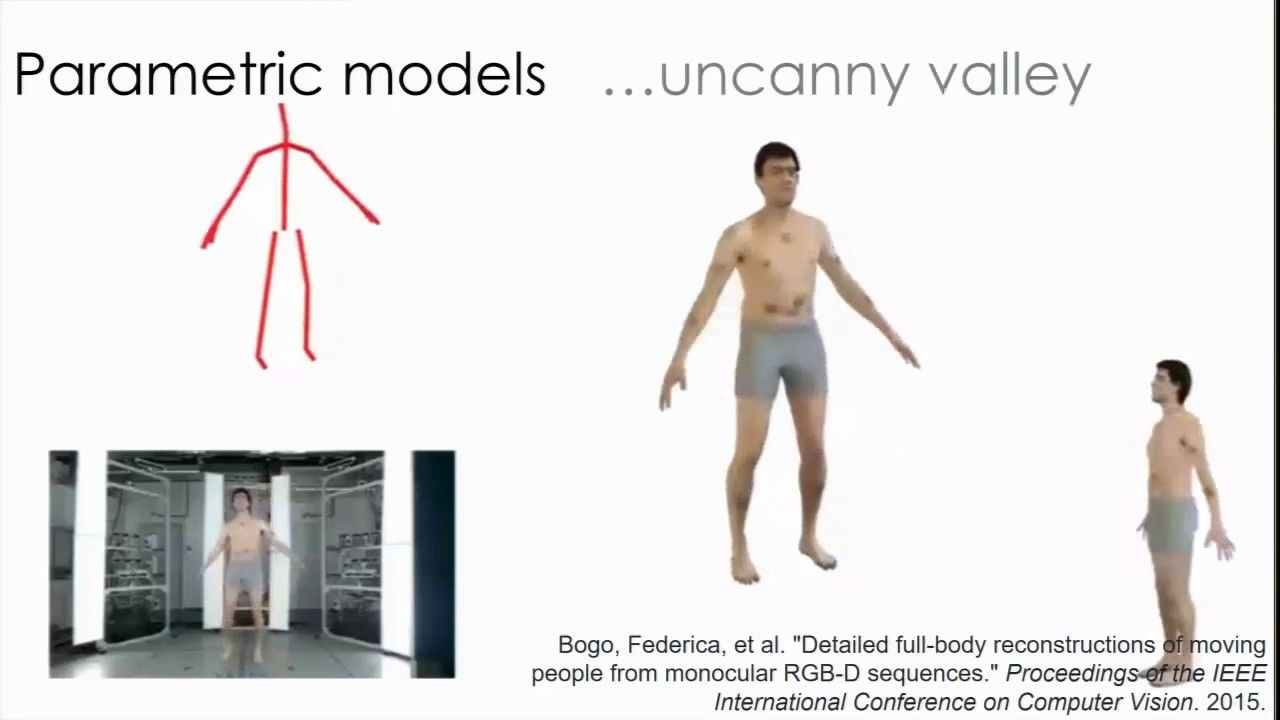
In March this year Microsoft unveiled their new project – Holoportation, which they envision as the future of teleconferencing.
Holoportation is a new type of 3D capture technology that allows high quality 3D models of people to be reconstructed, compressed, and transmitted anywhere in the world in real-time. When combined with mixed reality displays such as HoloLens, this technology allows users to see and interact with remote participants in 3D as if they are actually present in their physical space.
Dec 21, 2016
China Dominates Solar Energy
Posted by Karen Hurst in categories: solar power, sustainability
(Credit: (Photo by Lisa Maree Williams/Getty Images)) China is currently domiating in terms of Solar Energy and in here you will find out how they manage their solar industry. 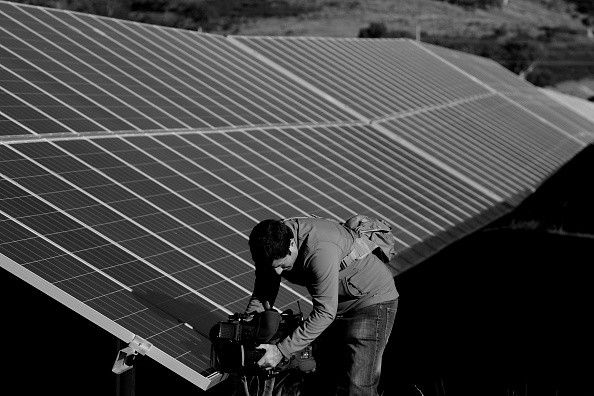
December 21
Dec 21, 2016
How virtual reality could help Congress understand the issues
Posted by Karen Hurst in categories: government, virtual reality
OPINION | Imagine if a member of Congress could don a headset and experience being a refugee.












